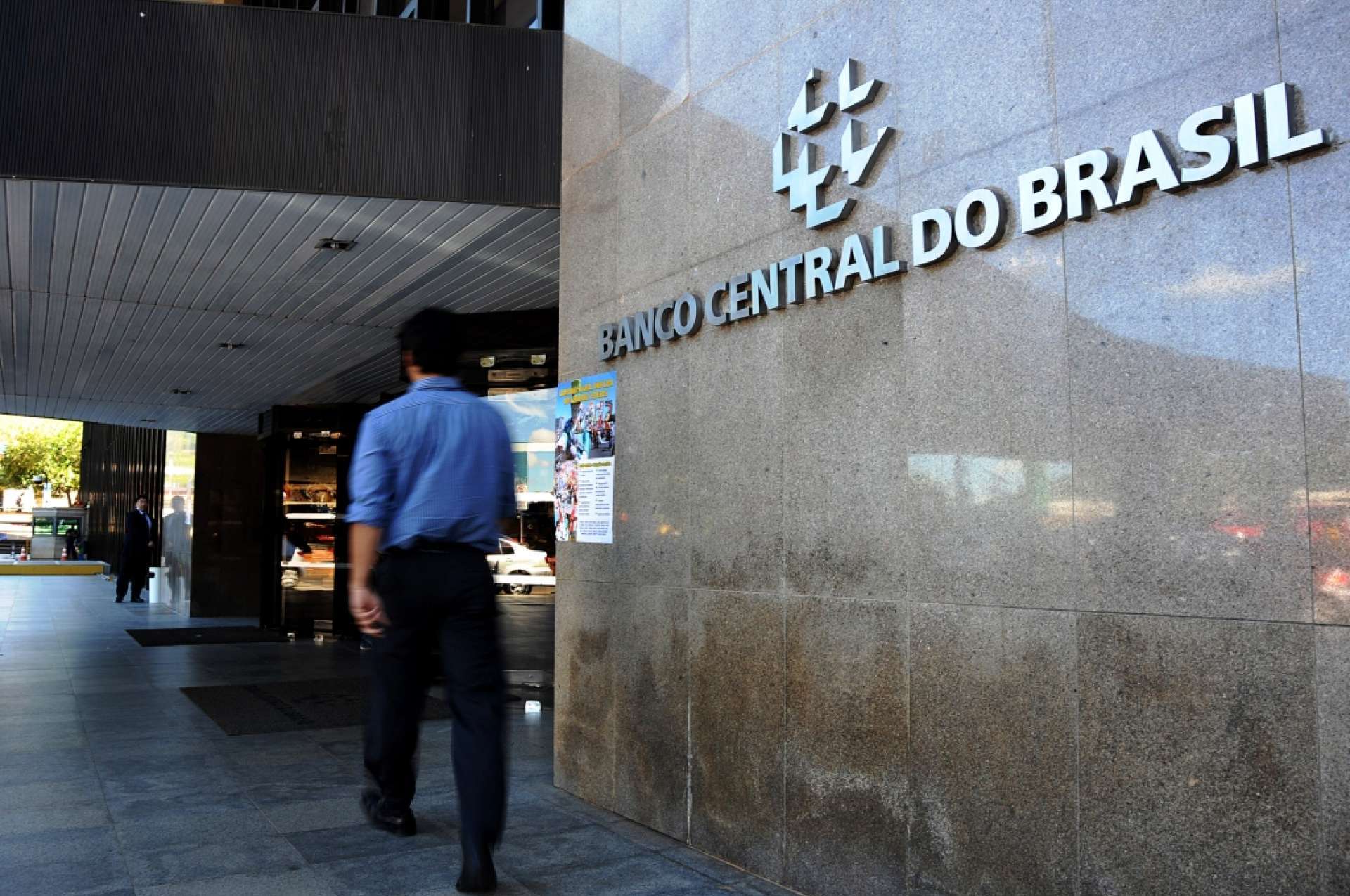RIO DE JANEIRO, BRAZIL – According to the Treasury, the General Government Gross Debt (DBGG), published by the Central Bank, and which takes into account national, state and municipal gross indebtedness, should end 2019 at 80.8 percent of Gross Domestic Product (GDP) and continue rising until it reaches 81.8 percent in 2022.

Considering the return of the primary surpluses – savings to pay the interest on the public debt – the gross debt would start to gradually decrease in 2023 until reaching 73.5 percent of GDP in 2028. The Net Public Sector Debt (DLSP), which considers what the government has to pay and receive, would reach a peak of 64.8 percent of GDP in 2024, beginning to drop the following year and closing out 2028 at 61.5 percent.
The scenario is based upon projected average annual growth of 2.44 percent of GDP from 2020 to 2028 and an average SELIC (basic interest rate) of 6.59 percent a year in the same period. Treasury Secretary Mansueto Almeida pointed out that the impact of the drop in the SELIC rate, currently at its lowest level in history, was computed in the projections and will benefit the public debt trajectory in the coming years.
“Our public debt has a very low average maturity, around four years. This means that, in the next four years, the public debt will be renewed with interest much lower than the previous rates”, said Mansueto.
He recalled that in 2016, the SELIC, the economy’s basic interest rate, stood at 14.25 percent per year, compared to 5 percent per year today. “We are in an interest-rate setting that was unthinkable three years ago. This requires a lower primary to place the debt on a downward trajectory,” added the secretary.

Even with the Social Welfare reform, the spending ceiling and the low-interest rates incorporated into the projections, the Treasury Secretary said public debt could drop more than expected with the auction of the transfer of rights of the oil barrels in the pre-salt layer, the extra return of R$30 billion from the National Bank for Economic and Social Development (BNDES) to the Treasury and with the completion of some privatizations.
Despite the stabilization and reduction of the government’s indebtedness in the coming years, the Treasury report stressed that gross debt, the main indicator used in international comparisons, will remain high in relation to other countries similar to Brazil.
The General Government’s Gross Debt closed out 2018 at 77.2 percent of GDP, against an average of 50.8 percent in emerging mid-income economies.
The gap is even greater when compared to emerging countries with an investment-grade rating (good payer’s rating granted by international bodies). These economies reached the end of 2018 with an average gross debt of 43.7 percent of GDP.
Source: Agência Brasil

